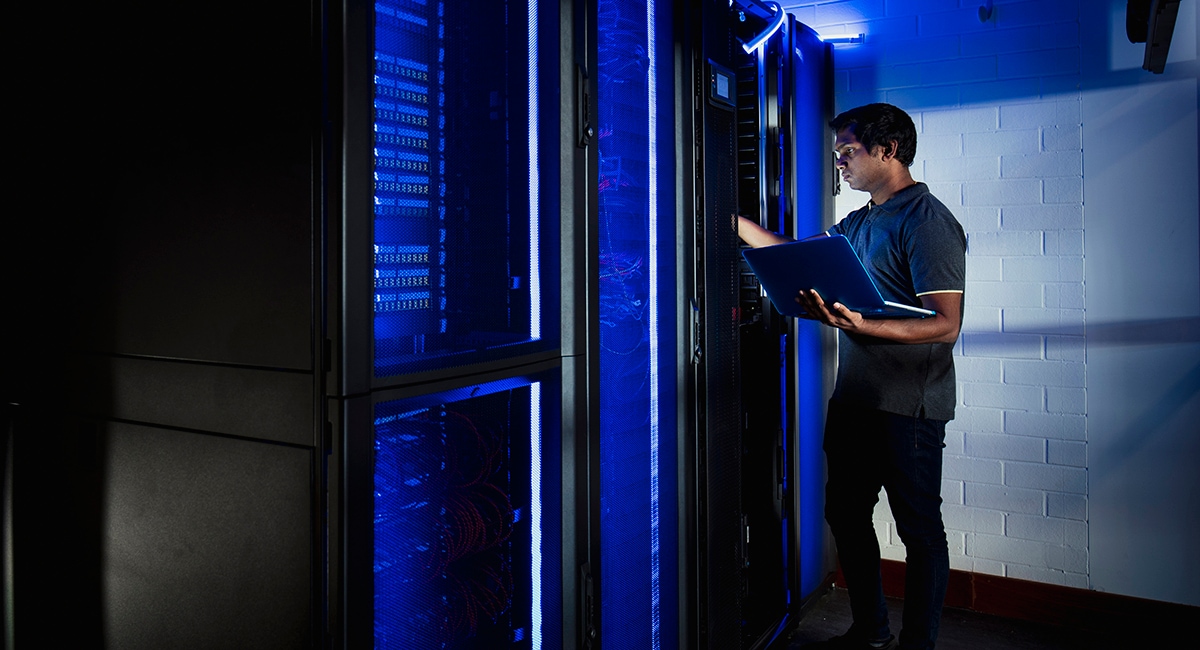August 03, 2020
Automation in the SDDC: Making Businesses More Resilient to Change
With flexibility more important than ever, the software-defined data center can help organizations respond quickly to shifting priorities.

But some companies tended to have an easier time with the shift. One common denominator for these organizations: They largely relied on software-defined solutions in their data centers.
As we’ve all seen these past few months, the ground beneath IT managers’ feet can shift rapidly — and with little warning. The software-defined data center (SDDC) not only simplifies IT environments but also provides a level of flexibility and automation that makes it easier for IT shops to effectively respond to changing conditions.
What Is the SDDC?
There’s no one defined set of tools that makes up the SDDC. In fact, even organizations running largely legacy infrastructure will typically have some “software-defined” elements, such as a controller that governs how people or machines can access a storage area network (SAN).
However, most industry observers reserve the SDDC moniker for environments that leverage a wider set of software-defined solutions to simplify and reduce the diversity of their infrastructure. A typical SDDC environment might use solutions such as hyperconverged infrastructure (HCI) alongside software-defined networking (SDN) and the automation and orchestration capabilities that come with a cloud management platform.
It’s easy to see why converging IT infrastructure into a smaller number of software-defined systems can simplify data center operations — as opposed to, say, supporting five different SAN solutions (each with its own management interface). In all, the SDDC results in a limited set of application programming interfaces necessary to automate deployment and management of IT systems.
The Power of Automation
There’s a growing push among tech-savvy organizations to enable more automation and orchestration in their data centers — abilities that are supported by SDDC solutions. However, some IT leaders have resisted this trend, thinking that their manual processes are already simple and streamlined enough to provide optimal efficiency.
The coronavirus crisis, however, has exposed the error in this way of thinking. Organizations with more traditional three-tier data center architectures have had to undertake significantly more back-end manual work to redeploy resources, compared with those that had already embraced software-defined solutions in their data centers. And all those little mundane tasks — things such as provisioning resources, responding to alerts and even freeing up or adding disk space on existing machines to accommodate growth — have been slowed during this time for organizations that rely on manual processes.
If hindsight really is 20/20, the benefits that software-defined, automated infrastructure would have provided us during the early days of the coronavirus crisis are now clear. But don’t despair. It’s not too late to begin adoption of and transformation to software-defined, automated and orchestrated IT services. With the growing expectation that IT shops run essentially as service providers for their internal customers rather than merely reacting to problems, these solutions and processes will be crucial to help organizations to not only survive but to thrive.
The more steps organizations take today to embrace software-defined tools, the more resilient they will be when they face unexpected changes tomorrow.

